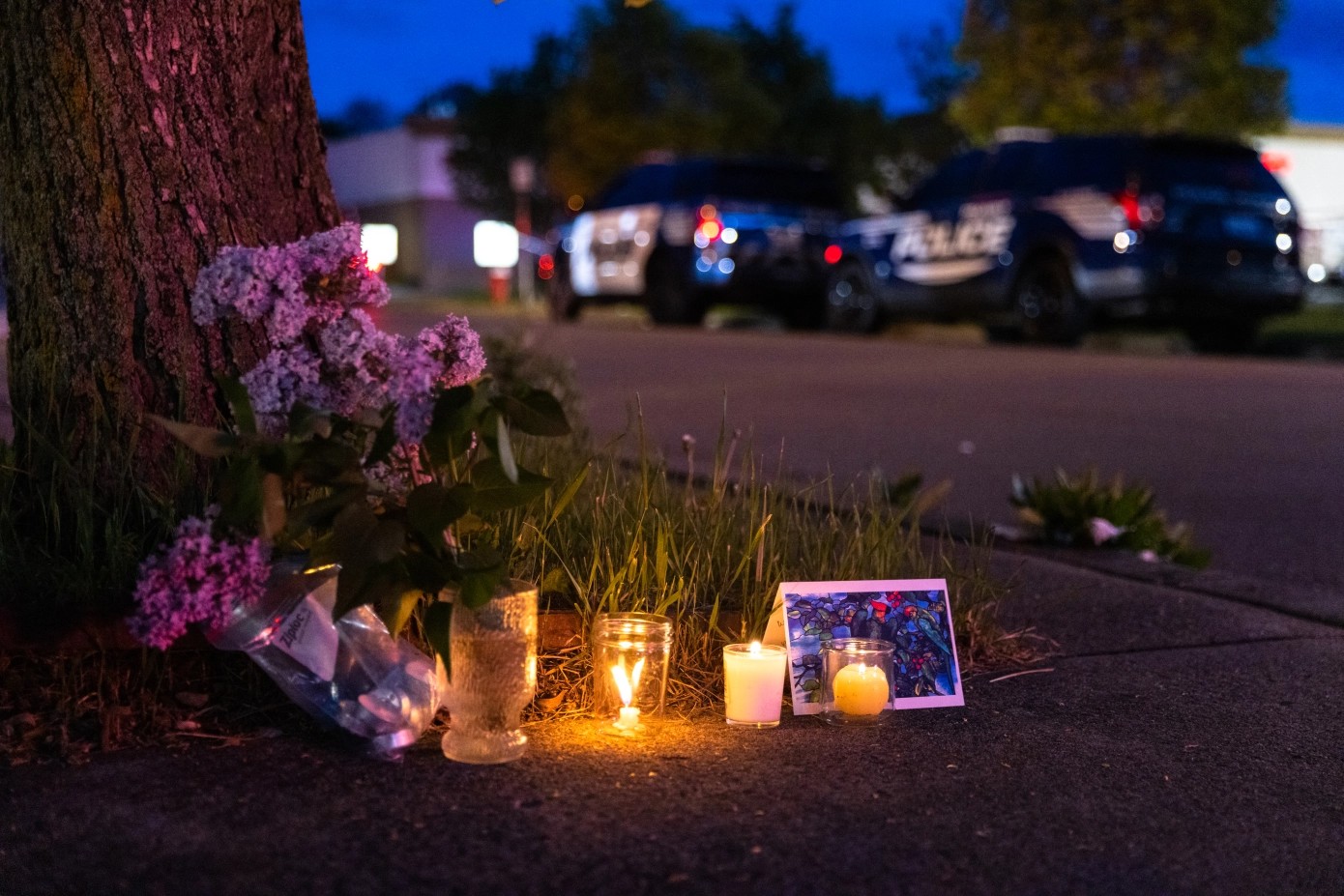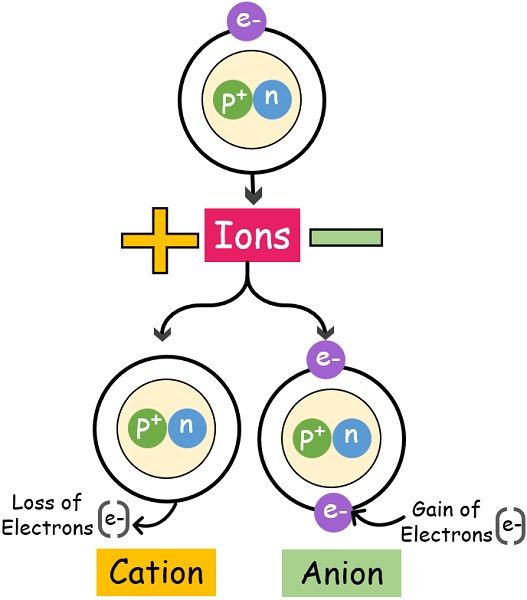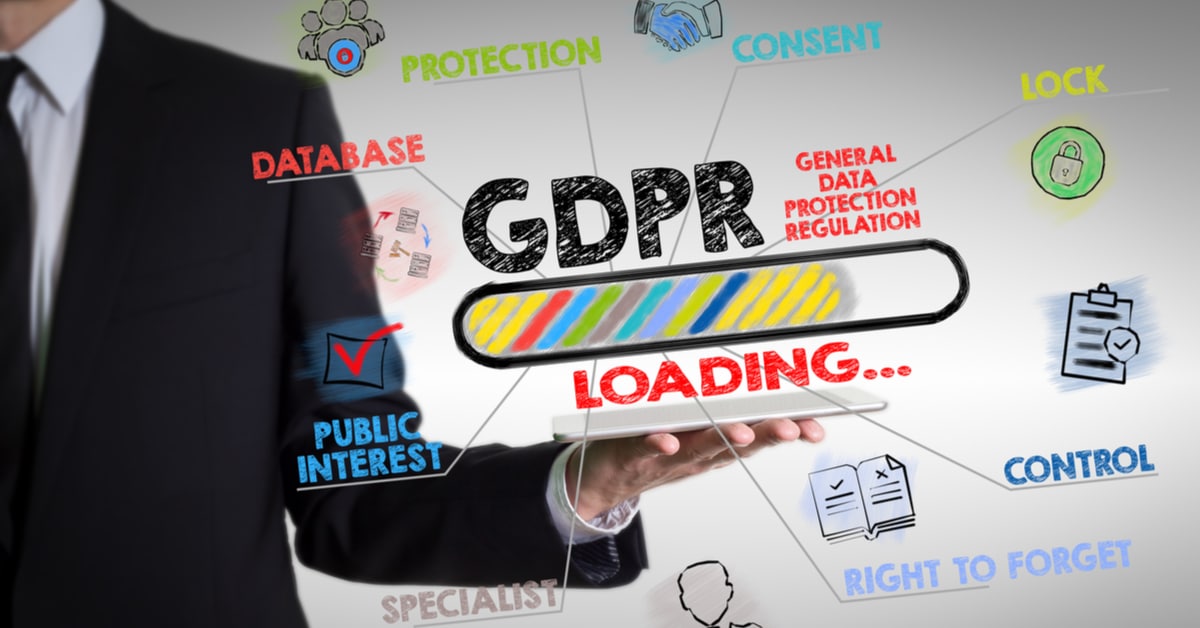A racist attack on a Buffalo, New York supermarket killed ten people this weekend. Twitch, Amazon’s video game streaming platform, was used by the 18-year-old white supremacist shooter to livestream his attack. The video was still too late even after Twitch removed it two minutes after the violence began. On social media platforms like Facebook and Twitter, gruesome footage of the terrorist attack is widely shared. Although the companies have tried to remove the video, they have been unable to do so.
The video was not violated by Facebook rules, according to some users who flagged the video. We were told that this was a mistake by the company. Video of the shooting and links to it hosted on other sites are being taken down by teams around the clock, the company said. Additionally, Facebook said it was removing copies of the shooter’s racist screed and content praising him.
We found a 54-second screen recording of the terrorist’s footage on Facebook when we searched for “footage of the buffalo shooting” on Facebook. After observing the video an hour after it was uploaded, I immediately reported it. Three hours after the video was posted, it had already been viewed over a thousand times.
Theoretically, this shouldn’t happen. A Facebook representative told us the video and the shooter’s racist writings would be added to a database of violating content. It is this database that enables the platform to identify such content, remove it, and block it. A Facebook representative did not provide us with any additional information regarding the incident.
“In an unrelated call on Tuesday, Facebook integrity VP Guy Rosen answered a question about why the company struggled to remove copies of the video and said, “We’re determined to continue learning, to refine our processes, in order to be able to detect and remove violating content faster in the future.”
It was also easy to find reposts of the shooter’s stream on Twitter. As a matter of fact, Twitter suggested searches like “buffalo video full video graphic,” “buffalo video leaked,” and “buffalo video graphic” when we entered “buffalo video” into the search bar.

The attack has been documented in multiple videos on Twitter over the past two days. As of Tuesday afternoon, one of these videos had over 261,000 views.
Earlier this year, Twitter banned individuals who perpetrated violent attacks from the service. As part of this policy, the platform reserves the right to remove multimedia related to attacks, as well as language from terrorist manifestos.
“We are removing all videos and media related to the incident. The company may also remove tweets disseminating the manifesto or other content produced by the perpetrators, according to its spokesperson. This “hateful and discriminatory” content is “harmful to society.”
In addition, Twitter claims that some users are uploading altered or manipulated content related to the attack in order to circumvent takedowns.
On YouTube, however, there were relatively few videos of the weekend’s tragedy. A basic search for the Buffalo shooting video mostly brought up mainstream media coverage. With the same search terms we used on Twitter and Facebook, we found a handful of YouTube videos with thumbnails of the shooting. Once clicked through, these videos were actually unrelated. TikTok posts directed users to websites where they could watch videos, but we were unable to locate the actual footage on the app.
As part of their efforts to limit the spread of the video, Twitch, Twitter, and Facebook are working with the Global Internet Forum to Counter Terrorism. Discord and Twitch have also confirmed that they are working with government authorities investigating the incident. Prior to the attack, the shooter detailed his plans for the shooting on a private Discord server.
Based on documents reviewed by , the Buffalo shooter decided to broadcast his attack on Twitch because the anti-semitic shooting at Halle Synagogue was live on Twitch for over 30 minutes before being taken down. Since users need to be logged in to watch livestreams on Facebook, the shooter decided not to stream on the platform.
Mass shootings have also been inadvertently hosted on Facebook that evaded algorithmic detection. In Christchurch, New Zealand, 50 people were killed in an Islamophobic attack that lasted 17 minutes during the same year as the Halle Synagogue shooting. Three perpetrators of mass shootings, including the Buffalo suspect, have cited the livestreamed Christchurch massacre as inspiration.
After the Christchurch shootings, Facebook removed 1.5 million videos of the attack, 1.2 million of which were blocked upon upload. Obviously, this raises the question of why Facebook was unable to immediately detect 300,000 of those videos.
Considering how easy it was to find videos of the Buffalo shooting on Facebook, it seems the platform still has a long way to go.




